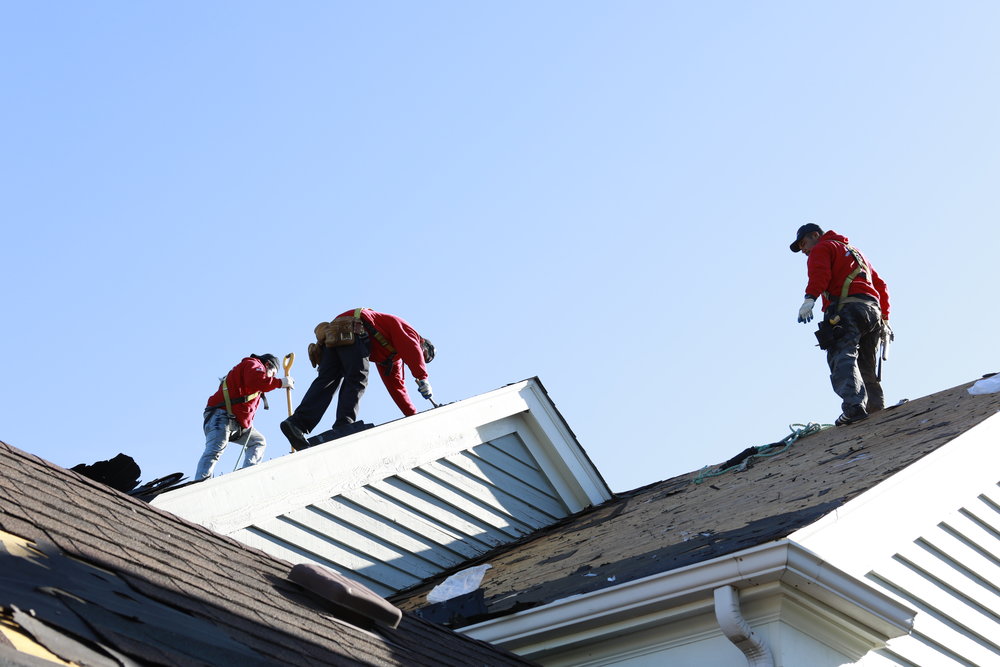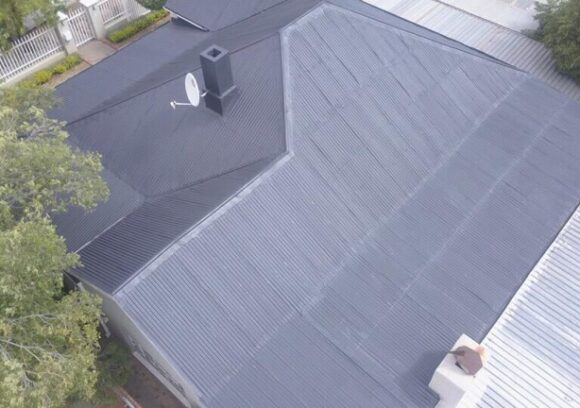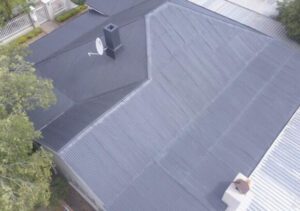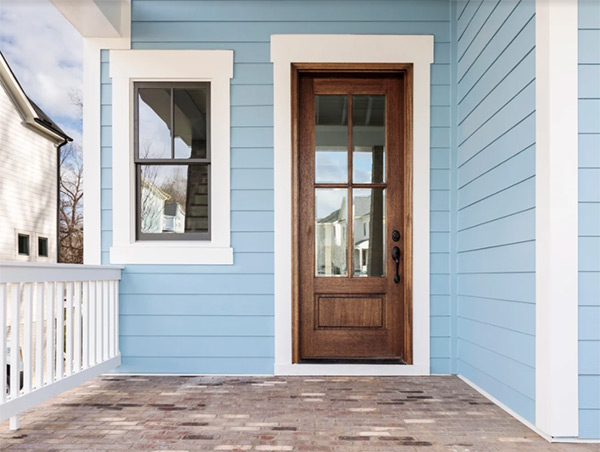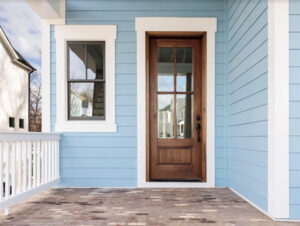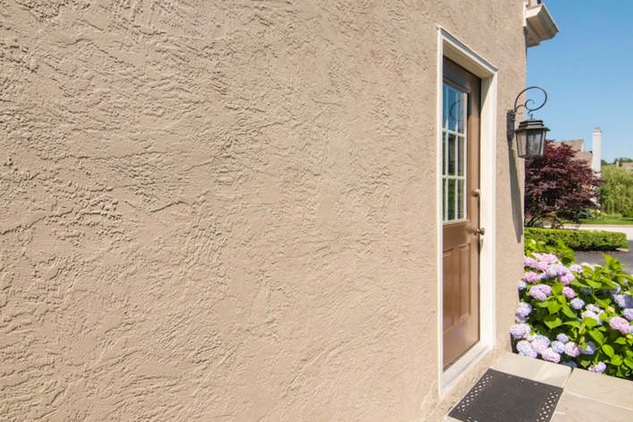When the sun shines, it creates packets of energy called photons. When these hit the solar panel, they can trigger electrons to flow into the silicon layer, generating a direct current.

Polycrystalline MT Solar panels are a popular choice because they’re cheaper to produce than monocrystalline. They’re identifiable by their blue color and are made of multiple crystal fragments melted together.
Solar panels can be a great way to reduce your energy bills, especially when paired with battery backup. Depending on where you live, solar panels may also help the grid during peak demand times. These are usually around mid-day on the hottest days of the year, when electricity is most needed. This helps alleviate the pressure on your local electricity system, which can lower utility prices for everyone in your area.
A solar panel consists of silicon solar cells that generate energy by converting sunlight into electricity. They are connected by an inverter, which converts the direct current into alternating current. It also stores the energy for use at night or during weather events that interfere with solar production. Generally, solar panels will last for 20 years or more.
Most people choose to install a solar panel system to reduce their dependence on fossil fuels. While the initial investment is high, it can pay off over time with reduced monthly energy bills. Solar panels also help reduce carbon dioxide emissions and other pollutants that are harmful to the environment.
Before installing a solar panel system, it is important to consider your budget, energy consumption, and roof space. It is also a good idea to check local regulations and obtain any necessary permits for the project. These steps will ensure that the installation process is done properly and safely.
Once the solar panel system is in place, it’s important to keep up with maintenance. This includes removing debris and preventing bird nesting. Birds love to make their homes in the gaps of solar panels, which can damage them over time. The best way to prevent this is by using non-abrasive cleaning tools and cleaning agents.
Moreover, it is also important to monitor your solar panels regularly to ensure they are functioning correctly. This is especially important if you have a solar generation meter included in the installation. By monitoring your solar panels, you can see if they are underperforming and take corrective action before it is too late.
The first step is to mount the solar panels to a secure mounting system. This can be done either with brackets or rails, depending on the type of solar panel you have chosen. It is also recommended to use MC4 connectors, which are designed specifically for solar panels. These connectors are used to connect the solar cables and should be crimped with a crimping tool.
They’re durable
Solar panels convert sunlight into clean, renewable energy by creating an electric current through the photovoltaic effect. This happens when photons strike the solar panel, knocking electrons out of their atomic orbits and pulling them into the panel. This process produces electricity that can be used to power electrical loads. Solar panels are also durable, able to withstand a variety of environmental stresses and temperatures. Solar panels must be properly installed, and their longevity depends on the climate where they are installed and the quality of the panel’s materials.
There are two main types of solar technology: concentrating solar power (CSP) and photovoltaic (PV). PV panels convert between 15% and 20% of the sun’s light into energy. The newest generation of PV panels are exceptionally durable, with the potential to last decades under normal operating conditions. This durability is partly due to improved manufacturing and quality assurance processes.
Additionally, the latest solar panels are designed to withstand a range of environmental stressors, including temperature changes and UV radiation exposure. Additionally, PV systems typically come with a performance and equipment warranty to protect against defects or physical damage.
Solar panel durability is a crucial factor in the overall success of solar power, as it aligns with the sustainability ethos of renewable energy. Unfortunately, there is an obsession with efficiency metrics within the solar industry, which is often prioritized over durability. This focus on efficiency is understandable, as it is easy to communicate and drives commercial viability. However, if the solar industry is to become a dominant force in global energy production, it must prioritize durability.
Many factors affect the productive lifespan of a solar panel, including its installation and maintenance practices, the surrounding climate, and its manufacturer. The degradation rate of solar panels is relatively low, ranging from 0.5% to 1% per year, according to the National Renewable Energy Laboratory. In most cases, this means that even a 20-year-old solar panel can still produce more than half its original power output. However, it is important to use high-quality solar panels that have been certified to a minimum IEC 61215 standard for long-term durability.
They’re affordable
Solar energy is an environmentally friendly renewable source of electricity, and it can be used to power your home, offset your utility bill, or even provide a source of energy for off-grid homes. Solar panels convert sunlight into electricity using photovoltaic cells, which are made of silicon and other materials. When the sun hits these cells, it excites electrons and creates a flow of electricity that can be used to run household appliances, sent to the electric grid, or stored in batteries. This electricity can also be used to reduce your carbon footprint and help to slow global warming.
One of the best things about solar is that it’s extremely affordable, especially when compared to traditional electricity. You can choose to purchase a solar system outright or take advantage of federal and state incentives, which can significantly reduce the upfront costs of a system. Many homeowners also choose to lease their solar systems through a power purchase agreement (PPA), which can further reduce the upfront costs of going solar. However, it’s important to note that leasing your system will not give you as much financial benefit.
If you choose to buy a solar system outright, it can be installed at your house or on a rooftop, and will produce electricity for the entire lifespan of the system, which is typically 20 years or more. Solar panels are also highly efficient and require minimal maintenance. They can save you money on your utility bills, as well as help to reduce the need for fossil fuels and protect against future rate hikes from your energy provider.
A solar panel produces electricity in the form of direct current (DC), which must then be converted to alternating current (AC) to power your home. This process is known as the photovoltaic effect. Solar panels are oriented in a way to capture the most sunlight throughout the year, and they are usually set up to produce their highest output during mid-day on the hottest days of summer.
The health and environmental benefits of solar energy are numerous. Cleaner air decreases the risk of heart disease and lung problems, while slowed global warming and reduced pollution can lower the number of premature deaths.
They’re environmentally friendly
Solar Panels harness the power of the sun to generate electricity. They are a clean and sustainable alternative to fossil fuel-based energy, which releases carbon dioxide and other greenhouse gasses into the atmosphere. Many states offer incentives for homeowners who install solar panels, such as rebates or tax credits. Solar panels can also increase your home’s resale value.
A solar cell is a semiconductor device that converts sunlight into electrical energy. A thin layer of silicon absorbs photons and releases electrons, resulting in solar energy. The cells are sandwiched between a protective back sheet and an insulating layer. Solar panels are available in both monocrystalline and polycrystalline cells. Mono cells are constructed of one solid silicon crystal, and they’re more efficient. However, they’re also more expensive than poly cells.
The efficiency of a solar energy system depends on how much direct sunlight it receives. Solar power is most effective during the summer, when there’s more sunlight. It is less effective during the winter, when the days are shorter and there’s less direct sunlight.
Solar energy is a renewable resource, meaning that it will not run out. This type of power does not produce any carbon emissions during operation, but there may be carbon emissions during its manufacturing. The production of electricity from solar panels is also environmentally friendly, as it does not emit harmful chemicals like lead or cadmium into the environment.
In addition to being a green technology, solar energy is affordable and helps homeowners become more independent from the electric grid. Solar energy can be stored for off-grid use, so it can keep appliances running even during a power outage. Many homeowners choose to add battery storage, which allows them to power their homes at night and during cloudy days.
The atoms of the sun are fused to create hydrogen and helium by the process of nuclear fusion. This process is constantly occurring in the center of our star and creates massive amounts of energy every second. That energy is converted into photons and other forms of electromagnetic radiation, which are used to produce solar power on Earth.



